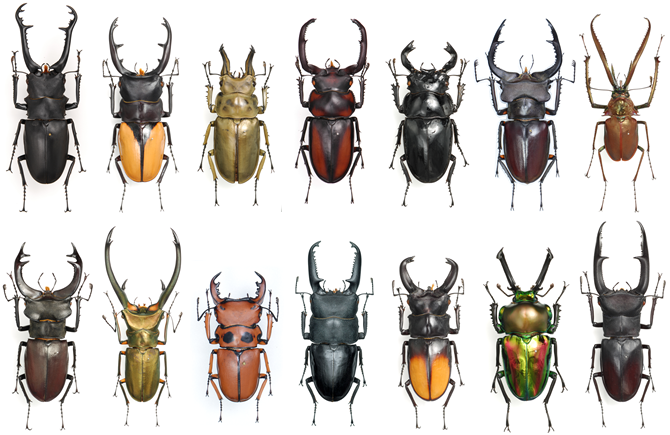
Ever stumbled upon a beetle that looks like it stepped out of some medieval fantasy novel? If you have, chances are you’ve encountered a stag beetle. These fascinating creatures, known for their impressive mandibles and distinctive appearance, are more than just backyard curiosities—they’re a glimpse into the wild diversity of the insect world.
Meet the Stag Beetle
Stag beetles, belonging to the family Lucanidae, are named for their unique mandibles, which resemble the antlers of a stag. These beetles can range in size from about half an inch to nearly five inches, depending on the species. The males, with their oversized jaws, look particularly formidable, though these mandibles are more about show than function. They use them to wrestle with rivals during mating season, rather than for defense.
A Day in the Life
Stag beetles have a rather interesting lifecycle. It all starts with the females laying eggs in rotting wood or soil rich in decaying matter. The larvae, which are creamy-white grubs, spend several years munching away on wood, slowly growing until they’re ready to pupate. After a transformation that would make any butterfly proud, they emerge as adults, ready to explore the world—though their primary goal is to find a mate.
The Importance of Being a Stag Beetle
Despite their fearsome looks, stag beetles are harmless to humans. In fact, they’re quite beneficial to the ecosystem. Their larvae help break down decaying wood, contributing to the nutrient cycle in forests. Adult stag beetles, though short-lived, play their part by pollinating plants as they move about.
However, stag beetles are facing challenges. Habitat loss and environmental changes have led to a decline in their populations in some areas. This is why conservation efforts are so important. Simple actions like leaving dead wood in your garden or participating in local wildlife surveys can make a big difference.
Fun Facts
1. Mandible Match: Male stag beetles use their large mandibles to compete with other males for the attention of females. It’s like a beetle version of arm-wrestling.
2. Night Owls: These beetles are mostly nocturnal, so you’re more likely to spot one during a late evening stroll.
3. Global Presence: Stag beetles can be found all over the world, from Europe to Asia to the Americas. Each region boasts its unique species with its own quirks and characteristics.
I hope you enjoyed this dive into the world of stag beetles! Until next time, keep exploring and stay curious!

hi there, do you know what beetle is on the cover of the massive attack album “mezzanine”,and what part?
Stage beetle I have